Due to the construction materials used in older homes, asbestos may be present beneath floor coverings or in subfloor layers. Inspecting the flooring is an important step when evaluating possible asbestos risks.
- (703) 450-6398
Asbestos is a group of naturally occurring silicates. They have properties that make them useful for insulation or binding materials in buildings. When asbestos becomes damaged or disturbed, the asbestos fibers become airborne and can be inhaled. We provide asbestos testing to determine if a material in your home contains asbestos.
The most commonly encountered asbestos is Chrysotile, Amosite, and Crocidolite.





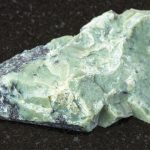

AIB = Asbestos Insulating Board
Inside
A. Asbestos Cement Water Tank
B. Pipe Lagging
C. Loose Fill Insulation
D. Textured Decorative Coating. Eg. Artex
E. AIB Ceiling Tiles
F. AIB Bath Panel
G. Toilet Seat and Cistern
H. AIB Behind Fuse Box
I. AIR Airing Cupboard and/or Sprayed Insulation Coating Boiler
J. AIB Partition Wall
K. AIB Interior Window Panel
L. AIB Around Boiler
M. Vinyl Floor Tiles
N. AIB Behind Fire
Outside
O. Gutters and Asbestos Cement Downpipes
P. Soffits – AIB or Asbestos Cement
Q. AIB Exterior Window Panel
R. Asbestos Cement Roof
S. Asbestos Cement Panels
T. Roofing Felt
NextDay Inspect offers asbestos testing as an add-on to home inspection services. Only one primary area of concern is tested for asbestos, with additional charges for each area beyond that. Our team thoroughly documents all findings for transparency and accuracy. By reviewing environmental sample report examples, clients can better understand the analysis process and the detailed results provided., clients can understand the analysis process and results, empowering them to make informed decisions about remediation or further testing. For those seeking a comprehensive evaluation, we recommend exploring our environmental services overview, which details testing options and associated costs. Collaborating with our experts allows property owners to proactively address potential environmental hazards responsibly.
1) Walls and Ceiling
Due to the age of many homes, asbestos may be present in the walls and ceilings. Checking these concealed spaces is an important step when assessing the risk of asbestos exposure.
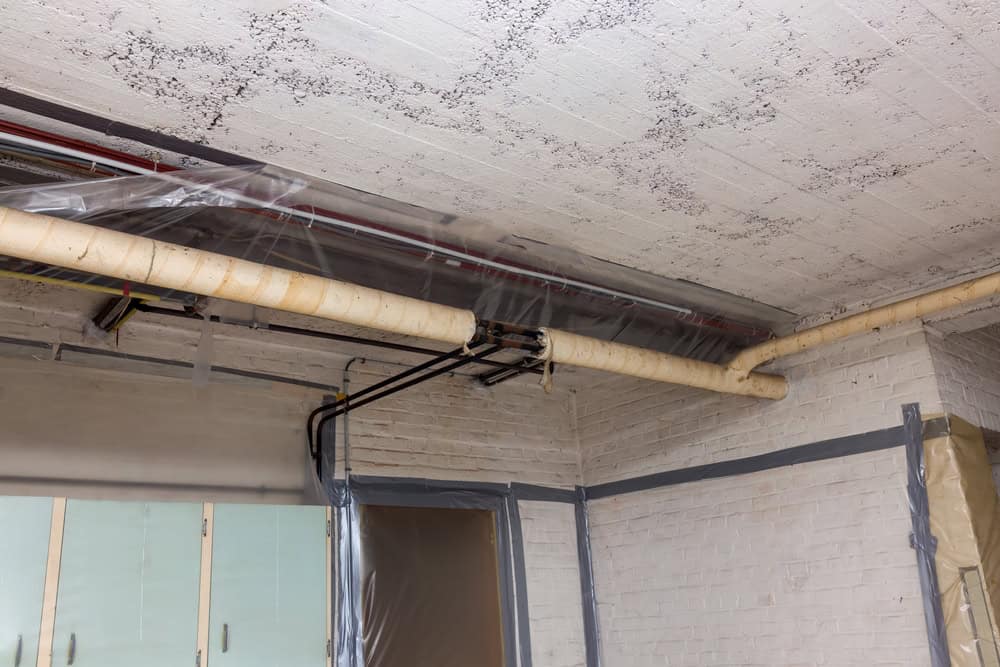
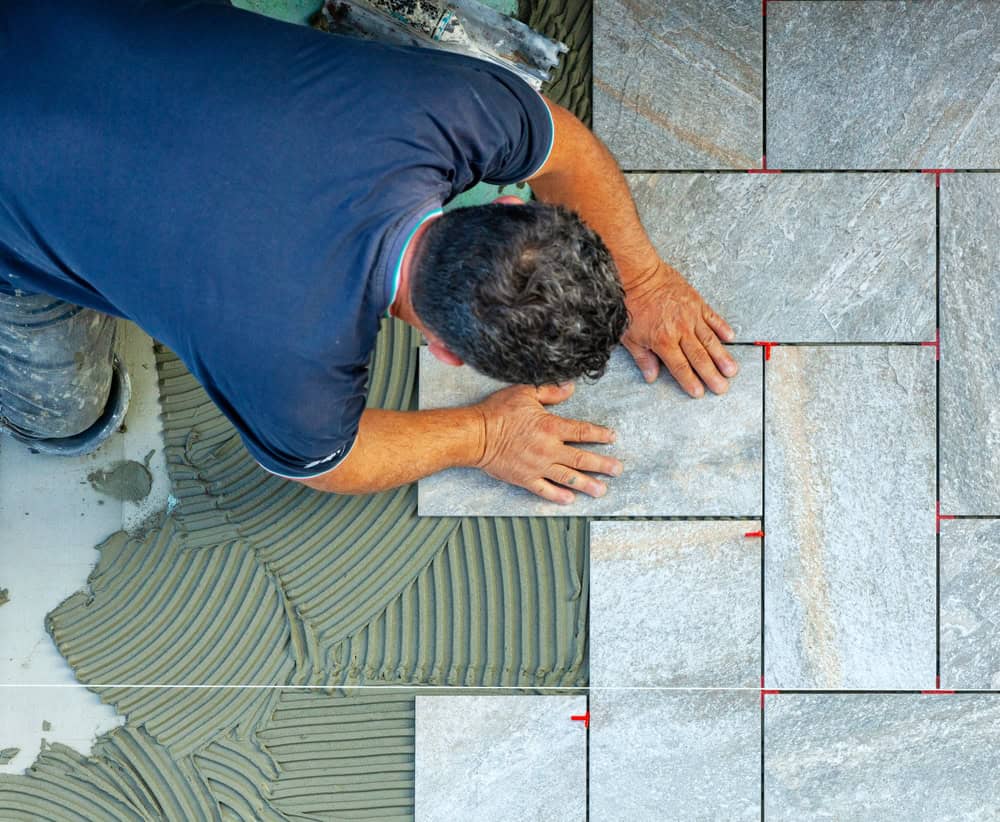
2) Floors
Due to the construction materials used in older homes, asbestos may be present beneath floor coverings or in subfloor layers. Inspecting the flooring is an important step when evaluating possible asbestos risks.
3) Roofing and Siding
Because older roofing and siding materials often contained asbestos, this hazardous material may be concealed in those areas. Inspecting roofing and siding is an important precaution when assessing the potential presence of asbestos.
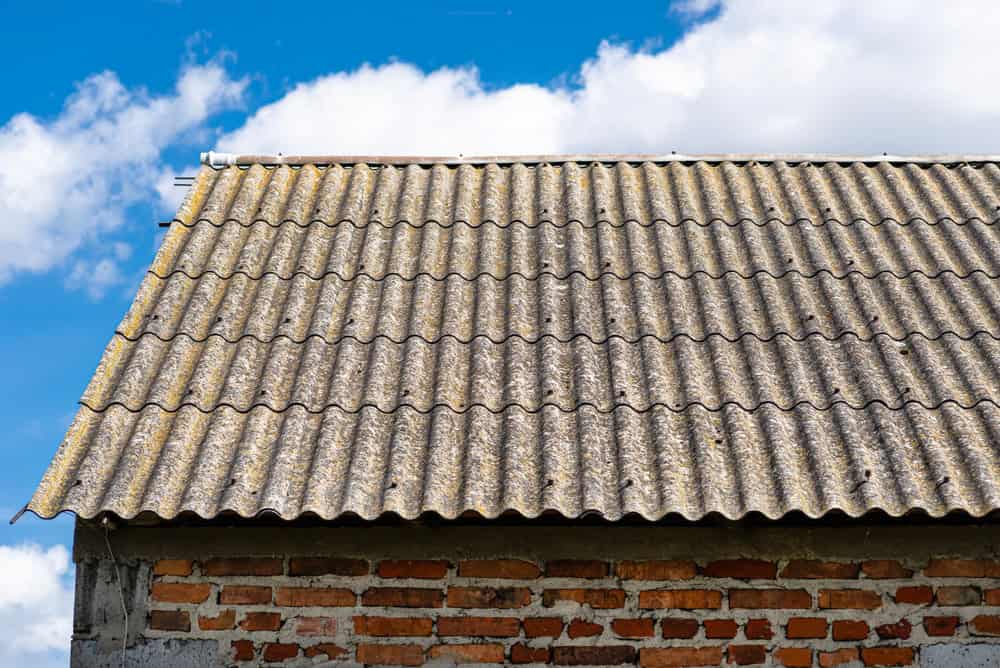
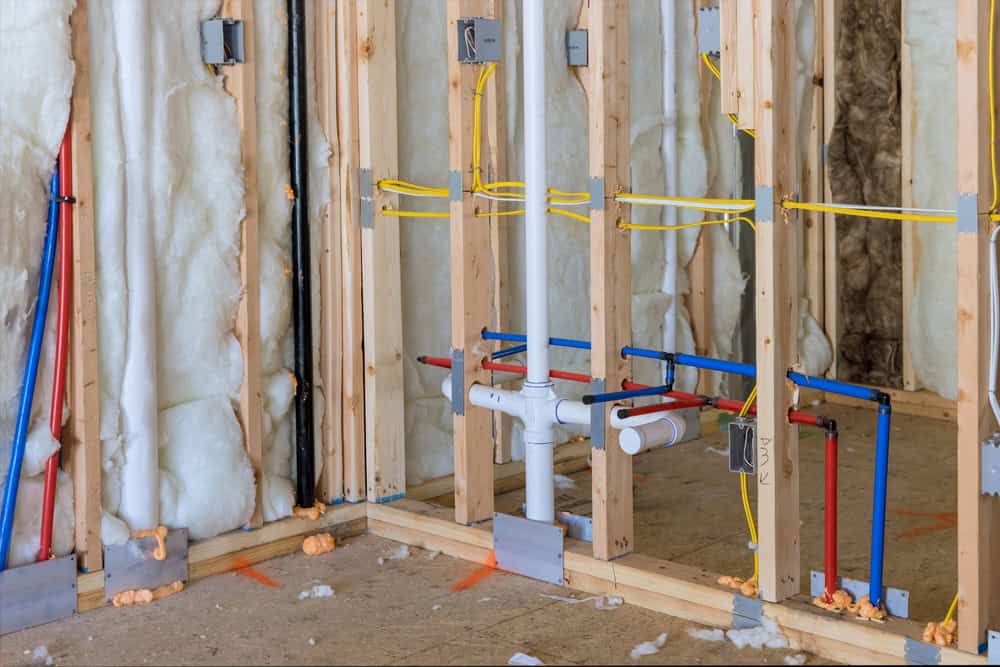
4) Pipes and Boilers
Because pipes and boilers in older buildings were often insulated with asbestos-containing materials, hazardous fibers may be hidden beneath insulation or lagging. Carefully inspecting pipes and boilers is an important part of identifying potential asbestos risks.